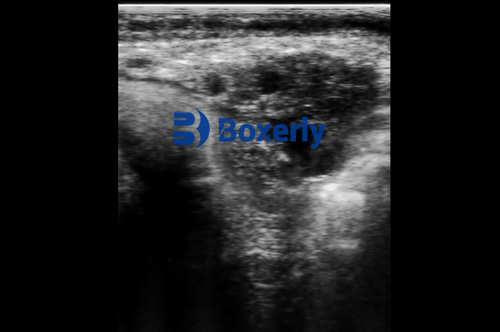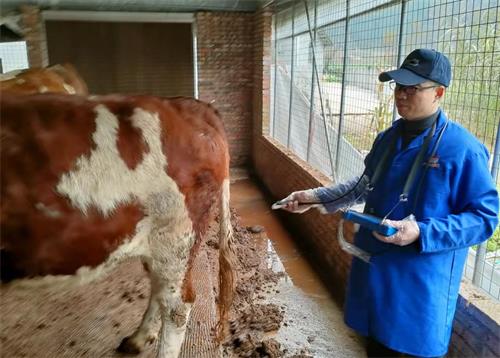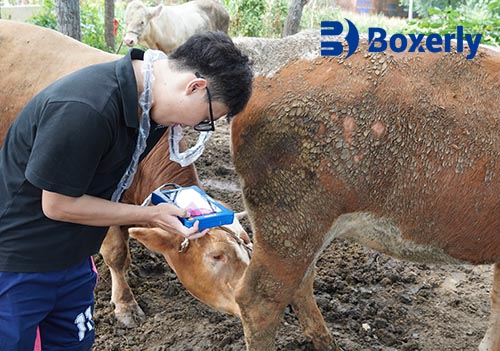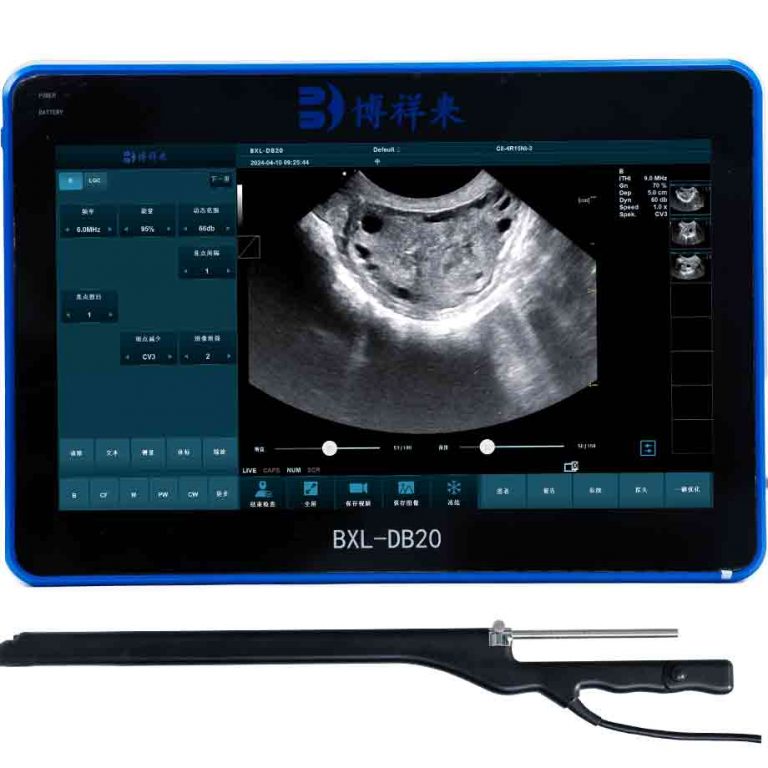Can Twin Pregnancies in Cows Be Identified Before Calving Problems Occur?
Twin pregnancies in cows can be both a blessing and a curse for farmers. On one hand, two calves may seem like double the reward. On the other hand, twins are often linked to higher risks during calving, increased chance of calf mortality, and complications for the cow’s health. Identifying twin pregnancies early is critical to managing these risks effectively. But how can farmers reliably detect twins before calving, and what steps can they take to reduce complications?

Why Twin Pregnancies Matter to Farmers
For many farmers, twin pregnancies mean additional concerns rather than additional profit. Cows carrying twins are more likely to experience calving difficulties, retained placenta, and delayed recovery after birth. These issues reduce fertility and extend the time before the cow can be bred again.
Additionally, twin calves are often smaller and weaker, with lower survival rates compared to single calves. Identifying twins before calving allows farmers to prepare in advance, arrange extra support, and minimize the economic and welfare impacts.
Challenges of Detecting Twins Without Technology
Detecting twin pregnancies based on observation alone is nearly impossible. Cows may show no external signs until late in gestation, and even then, farmers cannot confirm twins by appearance. Palpation provides some clues but often misses early or hidden twin pregnancies.
This uncertainty leaves farmers unprepared for calving complications. Without early detection, they may face sudden emergencies that could have been managed more effectively with proper planning.

How Ultrasound Helps Identify Twins
Modern reproductive management has made early and accurate detection of twin pregnancies possible. Ultrasound allows veterinarians to see both embryos clearly, often as early as 30–40 days into gestation. This precise imaging confirms whether a cow is carrying one calf or two, reducing uncertainty for farmers.
By knowing the exact situation, farmers can make better management decisions. For example, cows carrying twins can be monitored more closely, given proper nutrition, and managed carefully during calving to avoid emergencies.
Comparing Detection Options
Different methods of pregnancy diagnosis vary in their ability to detect twins.
| Method | Ability to Detect Twins | Limitations |
|---|---|---|
| Visual observation | Very low | No visible signs until late, unreliable |
| Rectal palpation | Moderate | Some twins go undetected, difficult early |
| Ultrasound examination | High | Requires equipment and training |
This comparison shows why ultrasound is considered the gold standard in detecting twin pregnancies early.
Reducing Calving Risks with Early Detection
One of the biggest advantages of identifying twin pregnancies early is risk management. Farmers can arrange for closer supervision during calving, prepare for potential interventions, and reduce the chances of losing calves or the cow.
Knowing in advance also allows for tailored feeding strategies, ensuring cows receive balanced nutrition without overconditioning. This reduces metabolic stress and supports better outcomes for both cow and calves.
Economic Benefits for Farmers
While twins may seem like extra value, the complications they bring often outweigh the benefits if unmanaged. Cows with twins are more likely to suffer fertility problems, which cost farmers money in lost milk yield and extended calving intervals.
Early detection changes the equation. By preparing for the challenges, farmers can reduce emergency vet costs, protect cow fertility, and increase the chances of both calves surviving. In many cases, the cost of ultrasound pays for itself by preventing major economic losses tied to reproductive setbacks.
Supporting Cow Welfare
Beyond economic concerns, twin pregnancies directly affect animal welfare. Difficult births, retained placentas, and post-partum health issues cause pain and stress for the cow. Calves born underweight or weak also suffer higher mortality risks.
Early identification ensures that farmers and veterinarians can provide extra care, reduce stress during calving, and support healthier recovery. This proactive approach benefits both the animals and the overall sustainability of the farm.

Conclusion: Being Prepared Saves Time, Money, and Stress
Twin pregnancies are a reality in cattle farming, but they don’t have to be a disaster. By detecting them early, farmers can prepare effectively, reduce calving risks, and support both cow and calf health. Ultrasound offers the accuracy and reliability needed to manage this challenge with confidence.
For farmers, the answer to whether twin pregnancies can be identified before calving problems occur is clear: yes, they can—and doing so is essential for profitability, welfare, and long-term herd success.





